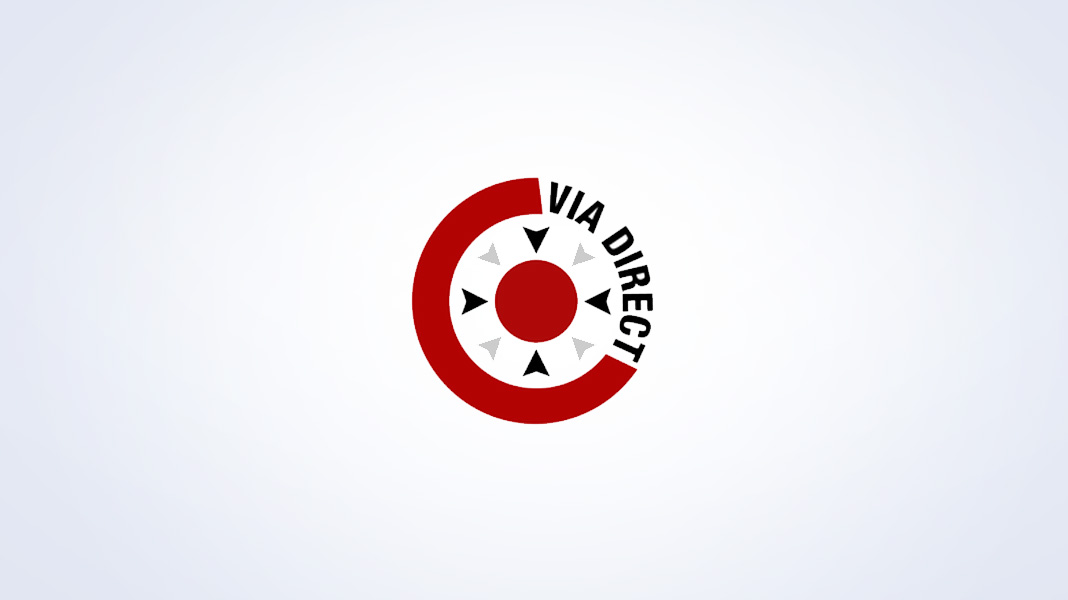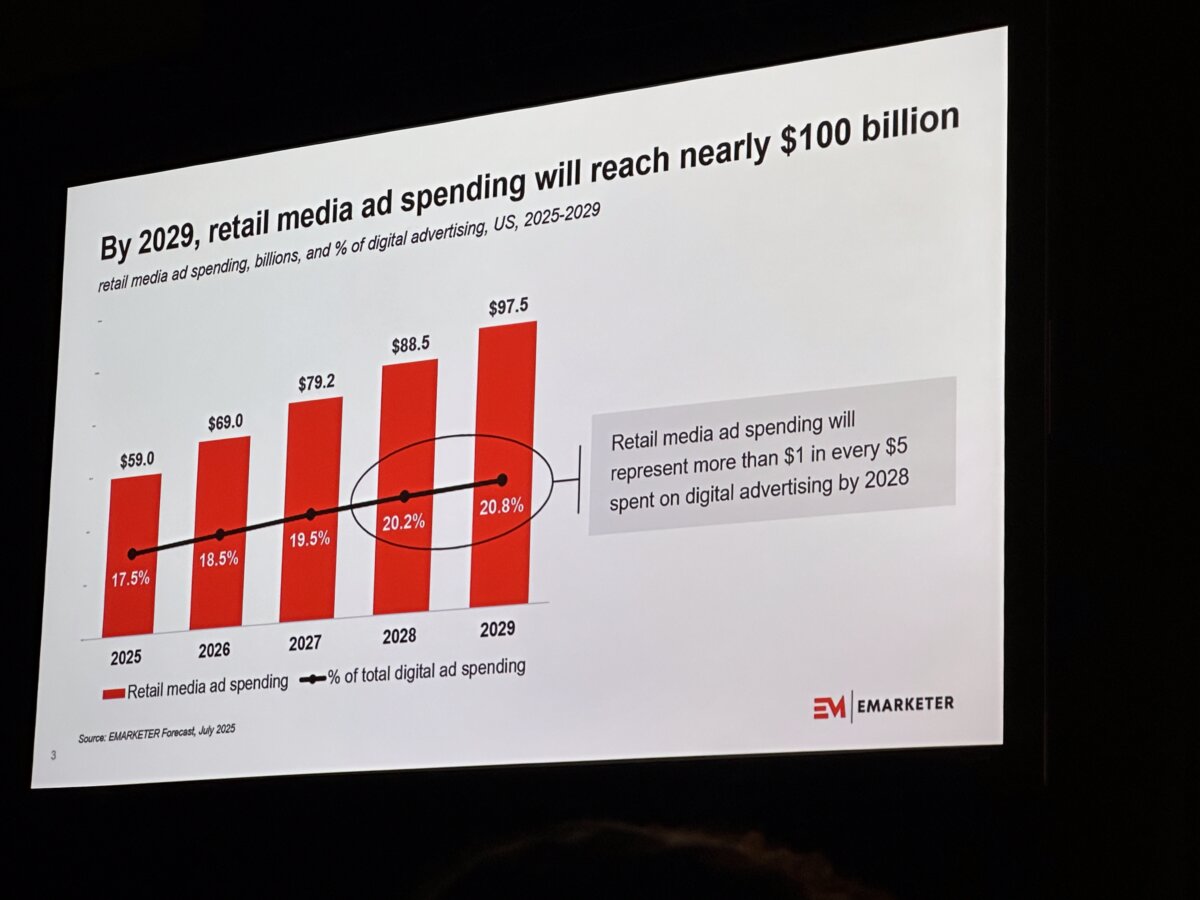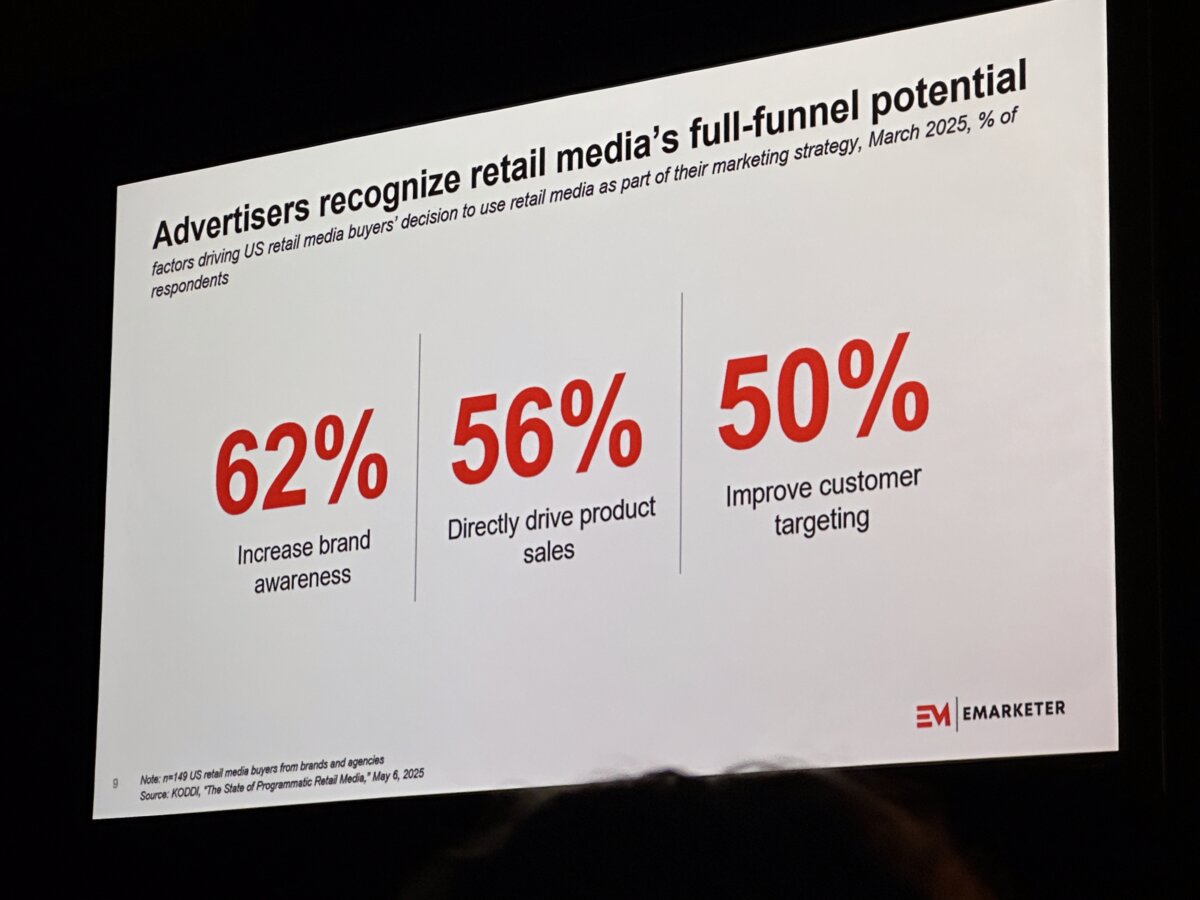| October 11, 2021
Broadsign International, LLC Partners with ViaDirect for Digital Out-of-Home Wayfinding
Integration enables easy implementation by network operators and an enhanced user experience.
Broadsign International, LLC, the number one global provider of digital signage software, has partnered with ViaDirect to provide customers with premium wayfinding solutions.
ViaDirect was the first vendor to bring 3D wayfinding to the DOOH market and is a worldwide leader with distributors in 22 countries. Features include the ability to display intuitive multi-floor paths and a customizable user interface. Millions of visitors rely on ViaDirect for quick and intuitive navigation in malls, hospitals, airports, train stations and corporate towers.
“Our partnership with Broadsign fits within ViaDirect’s vision to connect and digitize public places so people on-the-go can find their way while enjoying an immersive digital experience. The demand for such an integration is proof of the growing need for powerful DOOH wayfinding solutions, which we are excited to deliver with Broadsign,” said Jérôme Hérard, Managing Director at ViaDirect.
Both established companies with smart and agile software, Broadsign and ViaDirect have already implemented their integration in the field. ViaDirect’s client list includes Immochan, Hammerson, Carrefour Property and Klepierre (partly owned by Simon Property Group) in retail, AP-HP in healthcare and Bologna Guglielmo Marconi Airport in Italy.
“Broadsign has engaged in several partnerships over the past few years to provide our customers with the best products and services external to our portfolio,” said Skip Beloff, Vice President of Sales at Broadsign. “After careful research of wayfinding options, we determined that ViaDirect best fits with our automated and scalable approach to digital out-of-home content management.”
To view a live demo of the Broadsign platform supporting ViaDirect wayfinding capabilities, schedule a meeting with a representative at Integrated Systems Europe or Digital Signage Expo.
About Broadsign
Broadsign International, LLC is the first global provider of cloud-based digital signage software. Its award-winning, automated approach to content management is mature, reliable and robust, and gives digital out-of-home networks an unlimited capacity for growth without adding personnel. Broadsign’s sophisticated platform and cost-effective line of smart players, Broadsign Xpress and Broadsign Xpress Pro, decrease the cost of network deployment.
Broadsign’s constant growth, extensive customer base and dedication to predicting and responding to industry trends make its digital signage solutions a safe bet for the future of networks with even the most complex of requirements. For more information about Broadsign, visit https://broadsign.com.
About ViaDirect
Since 2009, ViaDirect is the pioneer of information and wayfinding solutions for touch screens in Europe. Today, it is the number one wayfinding company in the world through a network of distributors in 22 countries and 5 international offices. In 6 years, ViaDirect established itself as the leader of connected touch kiosks for large public buildings: shopping malls, office buildings, tradeshow, hospitals, railways stations, airports and museums.



